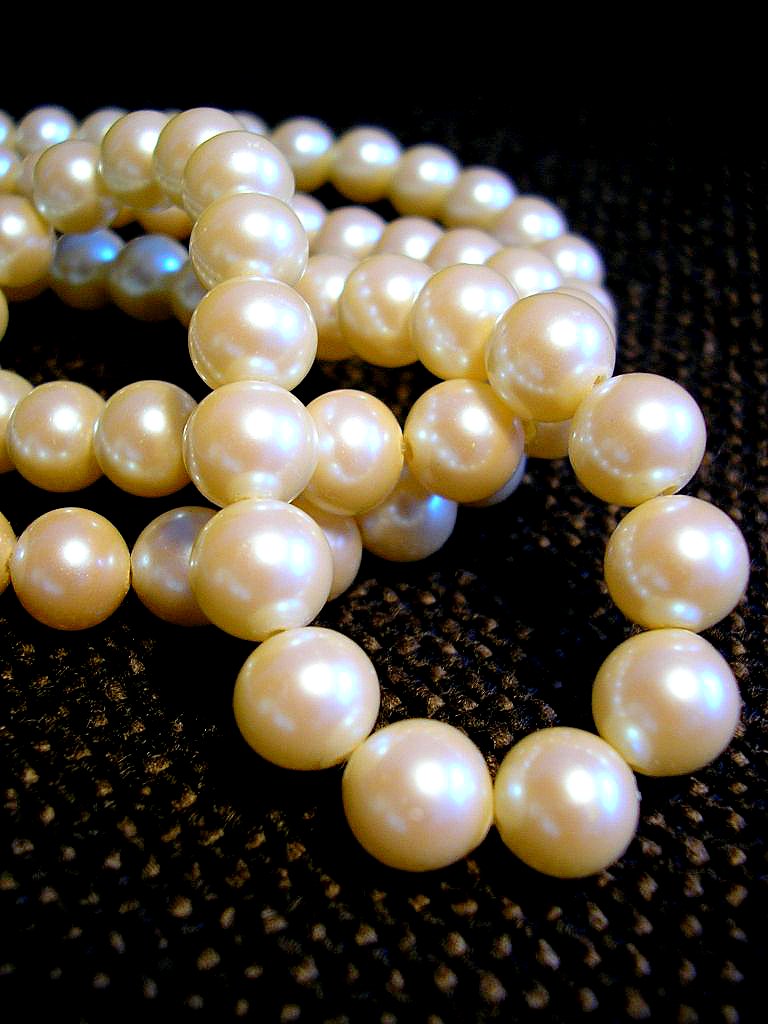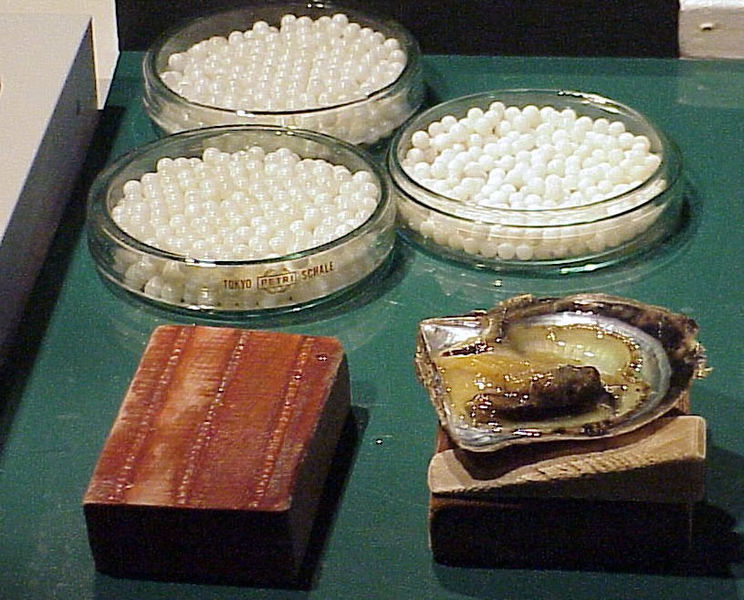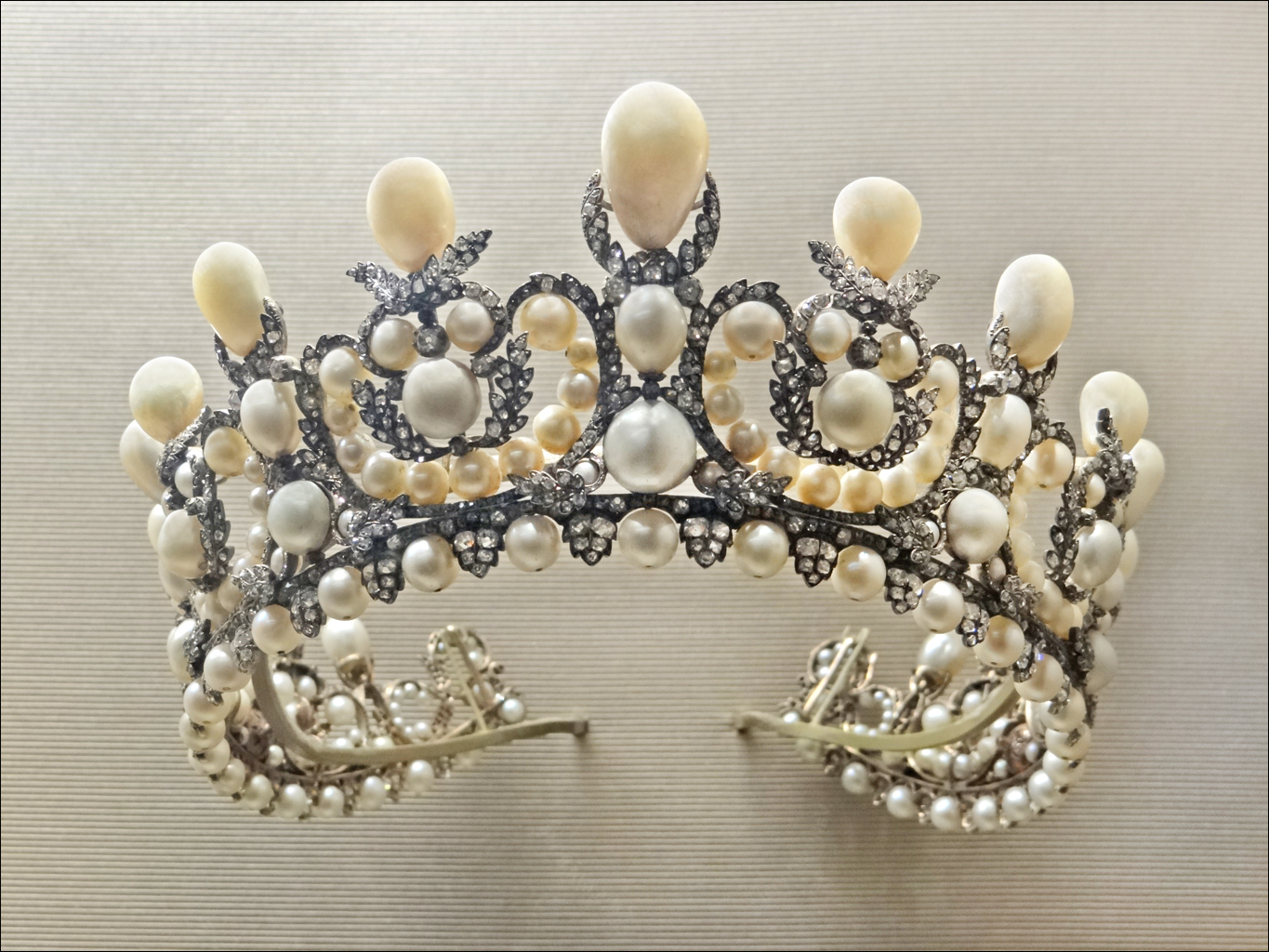If you grew up in the 1950s or 1960s, then you probably remember pearls being the staple jewelry of many girls and women.
A simple strand of pearls really is a great accessory. Pearls are beautiful but subtle, they go with just about everything, and they can be dressed up for a fancy occasion or down for a casual gathering.
And when you consider how they're formed — inside oysters as a method of protecting their flesh against irritants — they're really pretty amazing. The thrill of finding pearls inside an otherwise plain-looking oyster is a treasure in itself.
Pearls have been popularly used as jewelry and decoration for thousands of years. Being so popular, there became a market for cheaper fake ones.
In the early days of fake pearls, they were pretty, well, obvious. But as technologies have improved, imitation pearls have gotten closer and closer to the real thing.
So would you be able to tell the difference? Many people can't.
But there are some little tips and tricks to know the difference between a real and a fake pearl, which can make all the difference should you be combing through a flea market or antique store.
Learn the differences below, and you'll never look at a piece of pearl jewelry the same!
[H/T: Dusty Old Thing]

Pearls have been a favorite gem for thousands of years (even though they're not stones at all) and have been prized by cultures all over the world.
They're formed when a bit of sand gets into an oyster and irritates it. The oyster secretes a substance called nacre, which hardens, covering the rough sand with a smooth coating.

Pearls are most commonly white or ivory-colored, but can also be pink, yellow, or even black, like the ones worn by Mary Stuart in this painting.
In the past, pearls had to be found in the wild, which meant they were extremely rare. Today, many pearls are farmed, and there are also many imitation pearls on the market.
But how can you tell?

First of all, real pearls have small, fingerprint-like ridges on their surfaces, where fake pearls are completely smooth. To see the ridges, you'll probably need a magnifying glass.

Real pearls will also tend to have a more luminous quality to their coloring, where fake pearls will tend to look a bit flatter in color.
Real ones will also be more reflective. You should be able to see the light source reflected on a pearl's surface.

Real pearls will also have slight variations in their size and shape. This is because they're naturally occurring, and everything in nature will have a slight variation. Many people think these little differences make a strand of pearls all the more beautiful.

And it's not all just about looks. You can tell the difference between a real and fake pearl with your hands, too.
Real pearls will tend to be cold to the touch, and slowly warm up as you wear them.
They'll also be quite a bit heavier than their imitation counterparts.

Perhaps the strangest way to tell if a pearl is real involves your teeth!
If you run a strand of pearls along your teeth and feel a slight grittiness, then the pearls are real — you're feeling those ridges that real pearls have.
If they feel super-smooth, then they're fake — although we don't recommend putting strands of pearls in your mouth and all over the place! Shop owners might not appreciate it.
Check out the video below to get the rundown on how to spot a real pearl among the imitations.
Do you wear pearl jewelry? If you do, do you like a classic white, or do you like the drama of a darker color?
Let us know about your favorite pearl jewelry in the comments, and SHARE this information with anyone who loves prowling antique shops and thrift stores in search of hidden treasure!




